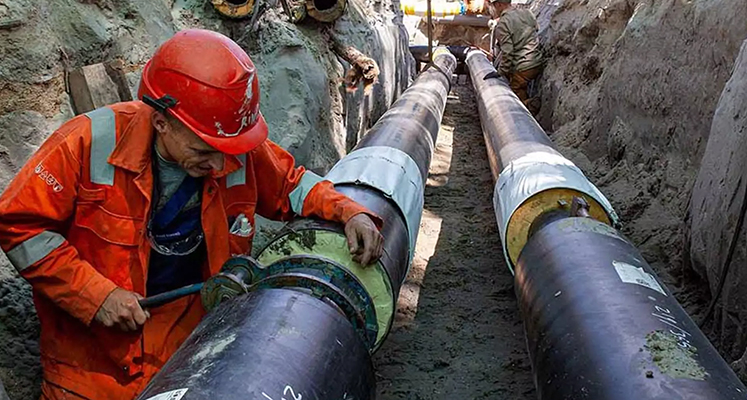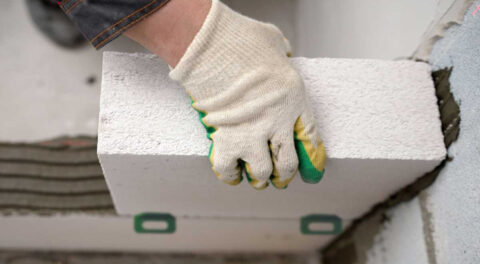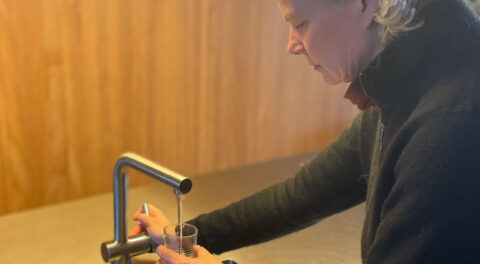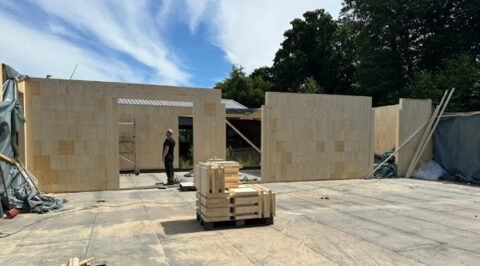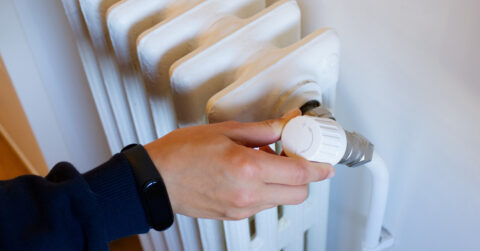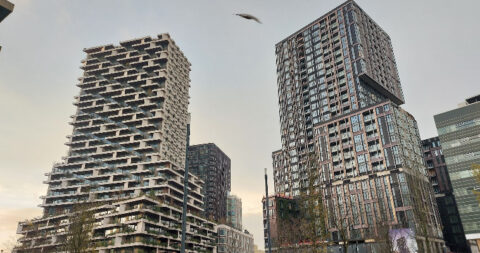Heat networks are a good and relatively inexpensive option in densely populated areas to make homes gas-free. But to get that right, clarity is needed quickly about where exactly they will be located. Otherwise, people will start taking measures individually, resulting in more congestion on the electricity grid.
This is underlined by Stichting Warmtenetwerk, Netbeheer Nederland and the Dutch Sustainable Energy Association in the Heat Manifesto 'Make heat networks HOT again'. The aim is to add 500,000 connections before 2030, but the rollout lags behind ambitions. Municipalities must therefore take up their role of director in the short term, as they determine in which neighborhoods heat networks will be constructed.
No individual grant
Once it is clear where heat networks are coming, and in what time frame they are coming, this can be taken into account at all levels, say the drafters of the manifesto. For example, it prevents residents from switching unnecessarily to individual heat solutions, making the rollout of the heat grid in the neighborhood in question less promising. At the same time, it increases the likelihood of grid congestion.
The manifesto also calls for collective heat facilities to be taken into account when providing subsidies. For example, the drafters believe it would be unwise to provide subsidies for an individual heat pump in an area where a heat network is coming. A prerequisite for such a targeted subsidy policy is that the plans for a heat grid are concrete, in the form of an investment decision or municipal decision.
